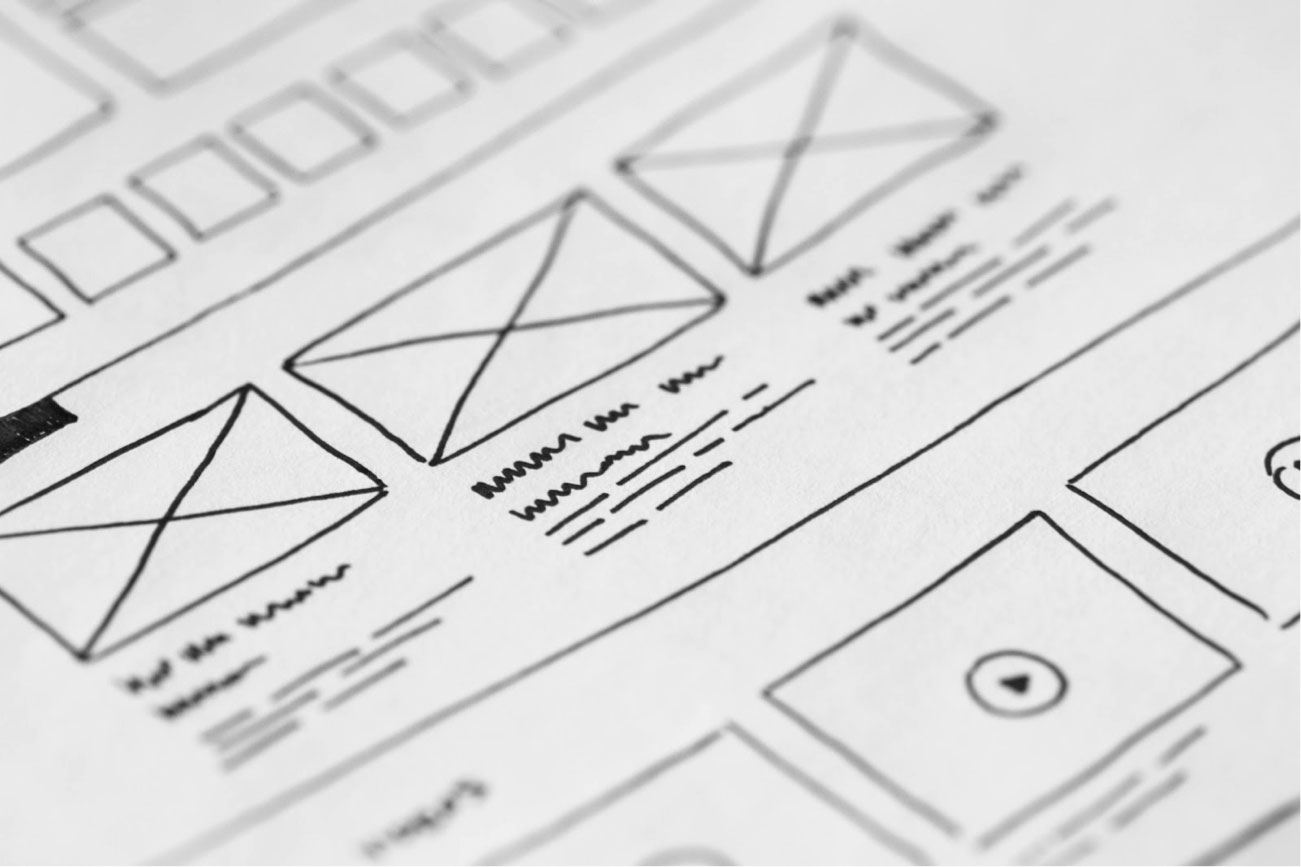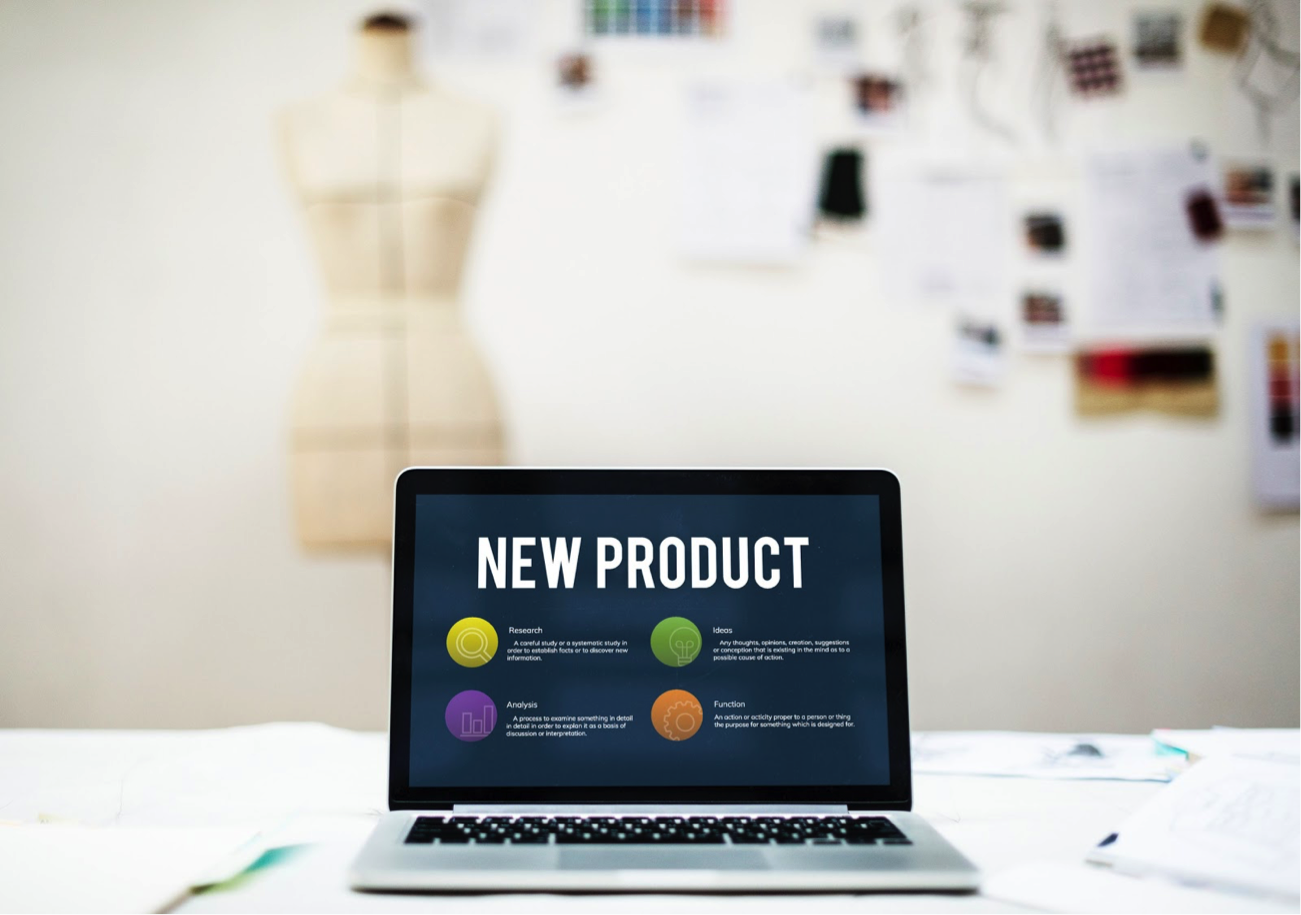Written by Mike Rappaport, Chariot Solution’s CEO.
Often, as senior executives, we can be “big-picture thinkers.” And unless you run a business where an app is your core product (we’re looking at you, Candy Crush), digging into the details of software design can feel like you’re getting too far into the weeds.
At Chariot Solutions, though, we believe that a holistic approach to software development leads to products that better fit the needs of end-users. An often-underestimated piece of this process is User Experience (UX) and User Interface (UI) design.
Thanks to modern dev tools, cloud platforms like Amazon Web Services, and seamless distribution in the App Stores, it’s cheaper and easier than ever to create software. In this flooded market, it’s no surprise that design-led, experience-focused brands like Nike and Apple are the ones standing out from the crowd. What you may not realize, however, is that they’re outperforming the S&P by over 200%.
This spring, Chariot took a big step towards a more design-focused strategy by bringing on a Head of User Experience and Design, Pete Fleming. Since working with him, we’ve opened our eyes further to the impact of UI/UX, the misconceptions that many of us have, and the questions we should all be asking.
UI/UX: What Is It, and What Isn’t It?

Like many people, I used to think mostly about the aesthetic and interaction aspects of software design. I’ve since come to realize that it’s as much about framing challenges and solving problems as it is about artistry or even functionality.
Pete is helping us to think about UX more holistically – to consider all aspects and touch points of a customer’s interaction with our clients’ products and services. UI design (which includes considerations like fonts, images, and colors) is an important part of that end-to-end experience, but it is only one aspect. UX encompasses much more. Before we can design a successful UI, we need to first understand the end customer and then make sense of the things we learn from them. Armed with this new understanding, we can then establish the structure, devise the interactions, and test our progress iteratively, all with the end customer’s input. With this approach we can ensure that our designs best serve our clients’ needs.
It’s easy to split hairs on what constitutes UI/UX, but before you lose the bigger picture of holistic design, remember this piece of advice: Focus on building a user experience that identifies and solves problems.
How Does UI/UX Affect My Bottom Line?
As technologists, we’re in the business of testing, analyzing, and optimizing. The “old way” of doing things – building a piece of software and then reskinning it to make it more visually appealing – wasn’t working, but integrating UI/UX earlier can:
- Uncover problems earlier, making for a quicker and cheaper fix
- Prevent wasted time and money developing features that won’t get used
- Help you deliver a better product, faster
- Uncover customer needs and opportunities for innovation
- Provide actionable data from UX research and usability testing
- Differentiate you from your competitors
- Simplify software’s complexity, increasing sales and customer retention while reducing bad reviews and customer acquisition cost
How Sure Are You About What Your Customers Want?

Henry Ford famously said that if he’d asked people what they wanted, they would have said faster horses. The moral of the story is that we don’t always know what to ask for or how to put it into words, especially when it comes to new technology.
So rather than soliciting feedback on specific features, you have to get to customers’ core desires by questioning how they interact with your app.
The first step is to check your assumptions about what customers want. When offered bells and whistles, most users will happily accept them. Yet it’s been suggested that as much as 64% of your product’s features are never used. While there are questions regarding that methodology, it’s clear that companies are sinking time and money into extraneous features.
Let’s say you’re thinking of creating a chatbot – a costly process. How can you be sure that your customers will use it? Start by asking questions that focus on how they currently use your product, like:
- What frustrates you when using the app?
- What do you do with that frustration – tweet, email our CS team, call a hotline?
- How satisfied are you, typically, with the result?
- After hearing customers’ feedback, you may confirm your suspicions that they’re craving a more immediate resolution to their problems; however, you may uncover that your CS process is flowing more smoothly than you thought.
Are You About to Be Disrupted?
Most products that fail or lose market share have been disrupted by a product with a similar but better user experience. The classic example is of course cabs and rideshare. But there’s also incremental “disruption” like WhatsApp’s take on texting or even the advent of “flip” yogurts.
It is important to understand that disruption does not require a technological transformation – just a small change that makes your competitor’s product easier or more fun to use.
One of Pete’s favorite and simplest tips for anticipating disruption is to understand how customers are hacking a product. Because if they’ve found a hole that you aren’t filling, you can bet that someone else will. If you still aren’t convinced, ask the creator of the webcam cover how simple and lucrative monetizing a hack can be.
What’s Next?
Whether you’re looking to hire an internal UI/UX professional or work with an agency, you can never be too educated. Take time to learn the basic purposes and differences of UI and UX, but more importantly, come to the table with an idea of the problem(s) you’d like to solve through design.
By asking the right questions of yourself, your customers, and your software partners, you might be surprised by the true, tangible impact of design.
Smart CEOs are casting aside the generalization that UI/UX is an afterthought for improving the surface of a product, and instead, using design to efficiently and effectively overcome the challenges that were holding back their product and their customers.
Will you be one of them?
